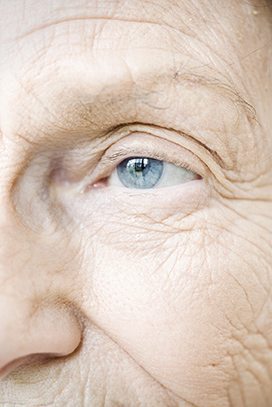Scientists have discovered that Alzheimer’s disease appears to degrade a type of cell in the eye that tells the brain whether it’s day or night, helping to explain why nighttime restlessness in common among people with the disease.
Melanopsin retinal ganglion cells send signals to the part of the brain responsible for circadian rhythms. Although the cells make up 1% to 2% of the eye’s light-responsive sensors, they play no role in vision, says study lead author Chiara La Morgia, a neuroscientist at the University of Bologna in Italy. Instead, they sense light levels and let us know when it’s time to be alert or time to be sleepy.
Researchers used dyes to mark the cells in the eyes of 30 recently deceased organ donors and found about 25% fewer melanopsin cells in the eyes of people with Alzheimer’s than in those without the disease.
Finding ways to preserve melanopsin cells or stimulate the remaining ones could help with sleep disturbances in people with Alzheimer’s, says study co-author Maya Koronyo-Hamaoui, a neuroimmunologist at the Cedars-Sinai Medical Center in Los Angeles. The study will be published in an upcoming issue of Annals of Neurology.





